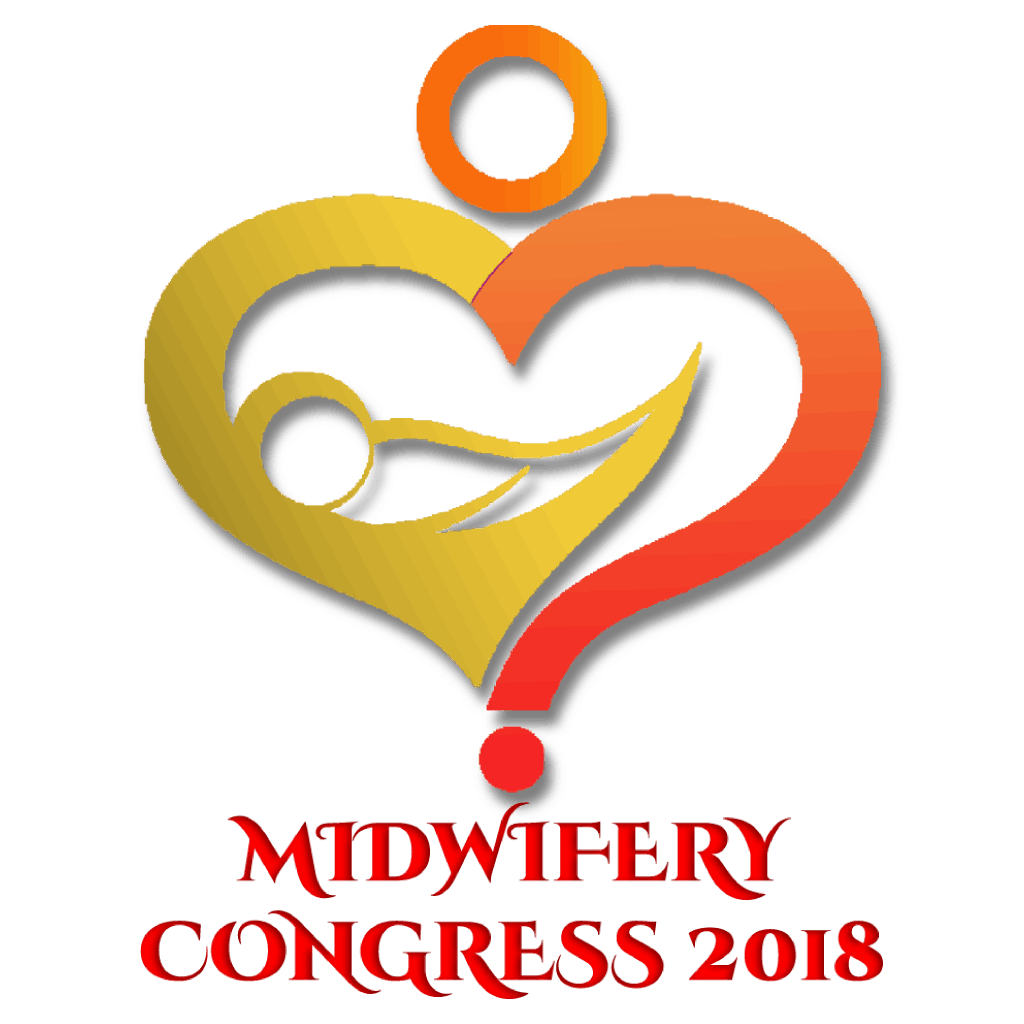
Addisu Alehegn Alemu
Lecturer, Department of Midwifery,Mizan-Tepi University,Mizan Teferi,Ethiopia
Title: Magnitude and associated factors of primary cesarean section among mothers who gave birth between September and August, 2016 G.C in Suhul general hospital, Tigray, Ethiopia
Biography
Biography: Addisu Alehegn Alemu
Abstract
Background
Cesarean section is a lifesaving medical intervention. Its share in decreasing maternal mortality and morbidity rates are immense, it is also an indicator of maternal health services quality of a country. However, it is associated with many complications compared with vaginal deliveries. The rising rate of CS is a global concern and it ranges between 12 and 86 % in developed and middle-income countries and between 2 and 39 % in developing countries. Unjustified prior cesarean section and decreasing trial of labor after cesarean section are among the reasons for its increment. A woman after a primary cesarean has only 10% chance of a vaginal birth for subsequent deliveries. In Ethiopia rate of cesarean section is increasing ranging from 8 to 37% in the urbanized region. However, rate and factors leading to primary caesarian section are not addressed well.
Objectives
To assess the magnitude and associated factors of primary cesarean section among mothers who gave birth between September and August 2008 E.C in Suhul general hospital, Tigray, Ethiopia.
Methodology
Retrospective cross-sectional study from September 19 to October 20, 2009, E.C was conducted at Suhul general Hospital. The data entered into EPI-Info version 7 and exported to SPSS version 20 for cleaning, editing and analyzing. Logistic (bi-variable and multi-variables) logistic regressions were used to examine associations between outcome and independent variables.
Result; The rate of primary CS in this study was 20.2%.Fetal distress 26 (32.2%), cephalopelvic disproportion 15 (17.3%). Mothers who had been augmented were 3.14 times more likely to undergone primary CS than who hadn’t been AOR(95%CI)= 3.14(1.497,6.571) and mothers who had pregnancy induced hypertension were 3.10 times more likely to undergone primary CS than those who hadn’t AOR,95%CI =3.10(1.230,7.829).
Conclusion and Recommendation
The magnitude of primary cesarean section in this study is high. Gestational age and augmentations, pregnancy-induced hypertension and birth weights were associated factors. Objective decision for non-reassuring fetal heartbeat pattern should be practiced to reduce the magnitude of primary Caesarean section.

